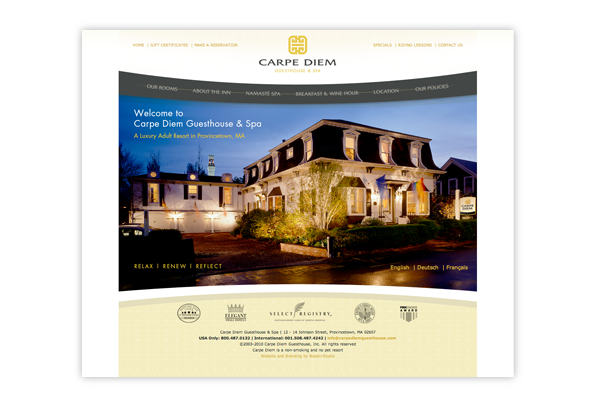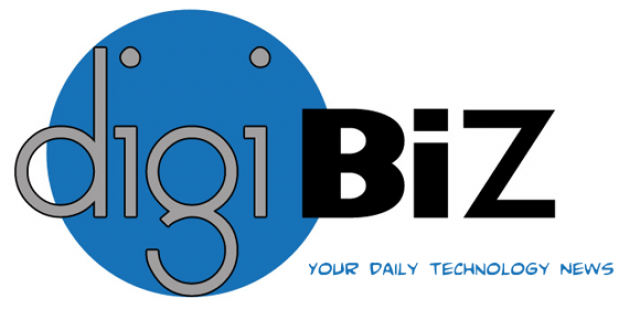Blog
Google Introduces Credit Card
Google is introducing a new way of paying for your Google AdWords campaign. Google is introducing a traditional credit card for Businesses with extra AdWord benefits. The new credit card will be available for businesses in the United States and Britain. The new card has a 11.9% APR, no annual fee, minimum monthly payments and 24/7 online support. The new card is in pilot but is expected to be available officially early next year.
Windows 8 Phone Pre-Order
Microsoft has announced the pre-order of the new Windows 8 phone on October 21st. The highly anticipated smartphone has been hyped for the past 6 months and many believe this could be the best Windows smartphone in the company’s tenure. As of 2nd Quarter 2012, Microsoft only owned 3.5% of the marketshare thanks to the extremely successful devices from Android/Google and Apple. Microsoft believes strongly in their mobile future and believes...
the creative process that combines art and technology to solve visual communication problems.
use it in real life: Lets say you want to promote your business by reaching out to the marketplace to tell them who you are, what you offer, and where you are. How do you do that? You could stand on a busy corner and yell, you could type a post on Facebook, write a letter or send an email….but how successful would that be without a unifying concept that combines your information with something visual that grabs the viewer's attention? Graphic designers work with words and images to communicate ideas by selecting and arranging visual elements such as type, symbols, and colors. Applications are wide and varied and include corporate identities, websites, advertising, publications, packaging, signage, and merchandising.
The density of a color or the density of a piece of paper.
The opacity of an image or object can range from transparent (0% opacity) to opaque (100% opacity). The measure of opaqueness or how much you can see through a graphic or a piece of paper is its opacity. The more fibers or fillers in a paper, the more opaque (less see-through) it will be. Thinner papers can be made more opaque with opacifying thickeners.
use it in real life: Let's say you want to print a very saturated color on one side of a page, and on the other you have lots of white space. You will want to choose a paper with a good amount of opacity to ensure you don't see some of that intense color bleeding through to the white side of the paper.
text that is the main content of a given page or document and sets the visual and emotional tone for the look of the page
use it in real life: A page in a magazine may have a main story, two sidebars and a callout. The main story is the body text or copy.
Create a "sticky" homepage to increase conversions, reduce bounce
How many times has this happened to you: You click on a link, land on a homepage, and suddenly you are a deer in the headlights, staring at a page with so much clutter you have no idea where to go to get the information you are looking for? Your eyes roll around the page trying to find something that makes sense, your mouse-finger is poised and ready to bounce you back to search. You give it approximately 5 seconds and click! you're gone. The site not only lost your interest, it lost your business. For good.
Ban the Bounce
Bounce rate is the number of visitors who left your site from the homepage or landing page without visiting other pages. This rate measures visit quality - a high bounce rate means your visitors did not want to stick around. Why? And why is it important for them to stay? Your visitors have questions and they don't have a...
the heaviness or thickness of the strokes of a letterform that can be expressed as light, regular, bold, extra bold, etc.
use it in real life: Varying the weight of type can add style to a layout or solve a compositional issue. Also it can address a content or structural issue in which the text requires a specific type treatment for tone of voice, quotations, or folios.
the last line or the last few words of a paragraph that appear at the top of the next column or page; the first line of a paragraph that appears at the bottom of the column or page; a word on its own line at the end of a paragraph
use it in real life: No one source seems to agree on the difference between a widow and an orphan, but all designers agree that these pieces of text that sit alone can make stories difficult to read and layouts look awkward. They can be dealt with by either editing the text, or by adjusting the spaces between letters and words called "tracking".
This week Boost welcomed Larry Bierman, CEO of Accommodation Solutions to the studio. Larry is also chair of the Longboat Key Chamber Small Business Council and he came over to discuss a new seminar series he is developing for the Chamber. The first seminar will be a breakfast for members in the hospitality industry and he asked us if we would give a presentation on website design and development. We thought it was a great idea and agreed to participate.

Our client, ...
The art or process of arranging text and/or pictures on a printed or electronic "page". The layout establishes the overall appearance, relative importance, and relationships between graphic elements to achieve a balance of information for maximum appeal, effectiveness, or impact. Often alternative layouts, or roughs, are prepared to explore different arrangements before the final layout is chosen. Both design and production may be achieved using hand tools or page layout software.
use it in real life: Designers show layouts to clients so they can see various design ideas and the way the piece will look when finalized. Some layouts can be very " loose" or "rough", often called "comps", or they can be "tight" or "polished" depending on the level of work required to successfully express a visual idea.
see also: comp
Historically, a font is a given alphabet and its associated characters of a single size and style containing all the letters, numbers, and marks needed for typesetting. This used to be an actual box that held the pieces of lead and wood of a particular typeface. These pieces of type would be arranged on strips of metal that would determine the spacing above and below each row of type in a paragraph, called "leading". The physical weight and size of these pieces would prohibit storing all of them in one font box. Now type is held in a font folder on a computer, and it can hold all the various sizes and styles of a particular typeface, not just one. Designating a specific type inside a typeface is what is called the font.
use it in real life: Lets say you are looking at a paragraph of type in a magazine. You like the way it looks and want to know what it is. You ask "what is that typeface?" The answer is Times. Then you ask "what font is that...

